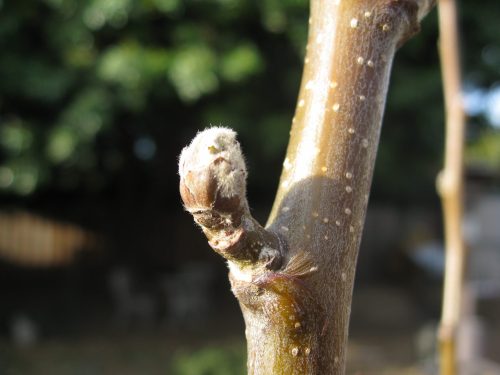A recent question came in:
“Hi Gardenerd!, I enjoyed your podcast about the wildflowers, and as I
already had mine purchased, I have a more specific question. Mar
Vista = Clay. After weeding, can the seeds just be scattered or does
the soil need amending? I bought a Xeriscape blend, and when I started
weeding, I was SHOCKED by the density of clay, wet clay at that after
all this rain; but, it does drain as there is no puddling. Raised
beds for wildflowers is not what I had in mind… Any
advice? Yearning For Wildflowers in MV.”
This is a great question, so let’s get right to it. Clay soil can be a pain in the rear, but it’s good to hear that your soil drains well. That’s your first won battle there.
Many people plant wildflowers and grasses with deep taproots to break up clay soil, so you’re on the right track to cultivating great soil without too much work ahead of you. I found several lists of wildflowers that grow well in clay soil. You can compare your seed packet contents to this list below:
Wildflowers for Clay Soil – High Country Gardens offers this pack of perennial wildflower seeds for clay soils that is tailored to attracting Monarchs. It’s great for southwestern gardens.
More Wildflowers for Clay Soil– this might be a little overboard for some, but this site sells a super-sized collection of seeds that you can compare your seed packet as well. Once you know you have wildflowers that will grow in clay soil, we can move on to conditioning your soil for planting.
Peaceful Valley Farms has a great description for how to propagate wildflowers in native soil. Here’s what they have to say:
“Wildflowers grow best on sites with full sun, low nitrogen, low soil fertility and with existing stands of shorter grasses for soil stabilization. Above all, wildflowers must be protected from heavy weed competition. To prepare a site that is weedy: till, flail, mow, or harrow the area shallowly (2”) to bring up as few dormant weed seeds as possible. Then, once or twice, irrigate to germinate and eradicate sprouting weeds.”
They suggest that you pull or turn under any weed seeds that germinate in the weeks following that initial preparation. Then:
“For Spring planting, it is a good idea to put your wildflower seed in the freezer for a day or two, then thaw for a day. If you freeze them just before planting, you will significantly improve the germination rate of the seed. If broadcast seeding either Fall or Spring planted seed, mix with a carrier such as sand, sawdust or rice hulls to insure even distribution. Broadcast at 1/4 lb/1,000 sq.ft. for a dense effect the first season.”
If you are just planting a small patch, you probably don’t need to mix in a carrier. Then…
“Take care not to cover the seed too deeply. Hand-sown seed can be raked or mulched, but not buried deeper than 1/8”. Drilled or mechanically sown seed can be planted to a maximum depth of 1/4”. Soil should be firmed down after sowing. Seeds must be kept moist either by rains or irrigation for 4-6 weeks in order to germinate properly. Many wildflowers are drought-tolerant once established, but must receive adequate water for their initial growth. An additional watering or two after spring rains have stopped will greatly enhance bloom and seed production.”
If you have birds who enjoy pecking away your freshly sown seeds, you might want to put down some garden fabric over the seeds until the sprout.
I hope this helps put you in wildflower heaven. Thanks for writing in!
Does anyone have some favorite wildflowers that you’d like to share here. Let us know!


I thought wildflowers could only grow in the wild, I never knew you could get seeds for them.